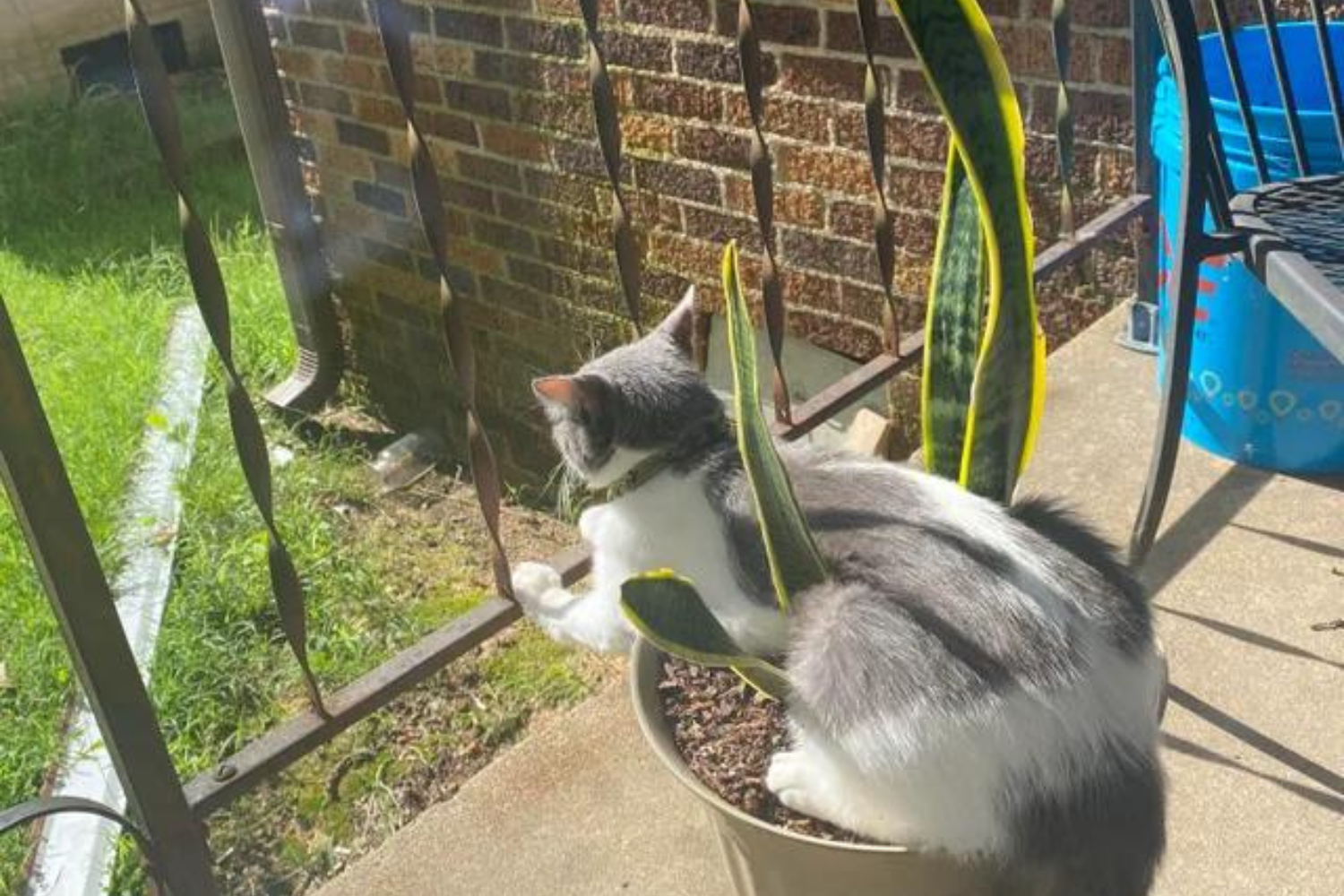
Image Source www.newsweek.com
Introduction
Welcome to our comprehensive guide on snake plants and their safety for our feline companions. As cat owners, we understand the importance of creating a safe environment for our pets and ensuring their well-being. In this article, we will explore the potential risks and benefits of snake plants for cats, providing you with all the information you need to make an informed decision for your furry friend.
Understanding Snake Plants
Before delving into the safety aspect, let’s first learn more about snake plants, also known as Sansevieria. These aesthetically pleasing houseplants are admired for their striking appearance and low maintenance. Snake plants are a popular choice for indoor greenery, as they can thrive in various lighting conditions and require minimal watering.
Snake plants have long, slender leaves that grow upright, resembling a snake about to strike, hence their name. They come in different varieties, such as the compact Sansevieria trifasciata or the taller Sansevieria cylindrica. Besides their visual appeal, snake plants are also known for their air-purifying properties, making them an attractive addition to any home.
However, as we dive deeper into the topic, it’s vital to evaluate whether these popular plants pose any risks to our beloved cats. Let’s explore this further in the following sections.
The Potential Dangers of Snake Plants for Cats
While snake plants are generally considered safe for humans, there are certain aspects pet owners should be cautious about when it comes to cats. The primary concern revolves around the plant’s foliage, which contains toxic substances that can pose a threat to our feline companions if ingested.
Cats, known for their curious and playful nature, may be enticed to chew or nibble on the leaves of snake plants. If consumed, the toxic compounds present in the leaves can lead to an array of health problems for cats. These can range from mild symptoms such as drooling, lethargy, and upset stomach to more severe issues like vomiting, diarrhea, and even potential kidney damage.
As responsible cat owners, it’s crucial to be aware of the signs of plant poisoning and take proactive measures to prevent any potential harm to our furry friends. We’ll discuss these preventive measures and alternatives to snake plants in the next section.
Creating a Safe Environment for Cats
To ensure the safety of your cat and peace of mind for yourself, it’s important to implement various strategies in creating a cat-friendly living space. Here are some practical tips to help you navigate the potential risks associated with snake plants and ensure a safe environment for your feline friend:
1. Proactive Plant Placement
Consider the placement of your snake plants. Is it somewhere easily accessible to your cat? It’s advisable to keep them in areas that are out of your pet’s reach, such as high shelves or hanging baskets. This prevents your cat from accidentally coming into contact with the plant and indulging their curious nature.
2. Training and Deterrence
Training your cat to avoid chewing on plants plays a significant role in their safety. Gradually introduce deterrents such as scent repellents or motion-activated alarms near the plants to discourage your cat’s curiosity. Providing alternative chewing options like cat-safe grasses can divert their attention away from the snake plants.
3. Opting for Cat-Safe Alternatives
If you’re concerned about the potential risks of snake plants, there are plenty of cat-safe alternatives to consider. Plants like spider plants, Boston ferns, or catnip are attractive options that can thrive indoors without posing harm to your cat’s health.
Conclusion
While snake plants can be beautiful additions to our homes, it’s essential to prioritize the safety and well-being of our furry friends. With the information provided in this guide, you now have a comprehensive understanding of the potential risks associated with snake plants and how to create a safe environment for your cat. By implementing these preventive measures and considering cat-safe alternatives, you can enjoy the benefits of indoor greenery without compromising your pet’s health. Remember, a healthy and happy cat is the key to a harmonious home.